Highest Exporting Company Award 2024
GOSB Teknopark Success Awards Ceremony Highest Exporting Company Award 2024 We are proud to announce that we stood out among all the companies at the GOSB Teknopark Success Awards Ceremony
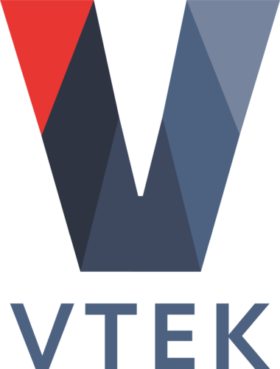

SaaS Technology
Artificial Intelligence
Digital Twin
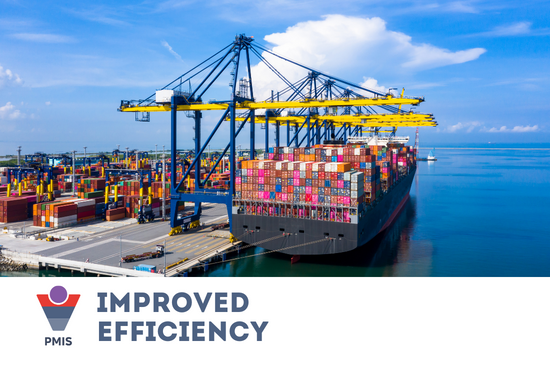
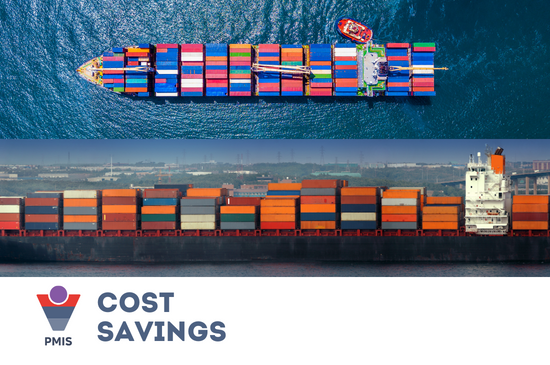
Port Management Information System
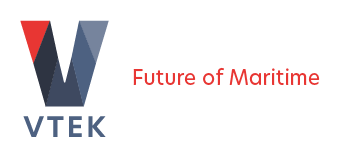
Port Management Information System
Our Port Call Optimization tool which we developed in 2012 was a living function of the “Just in time” concept announced by IMO today.
Your port is procedural, operational and commercially managed from a single platform with SaaS technology.
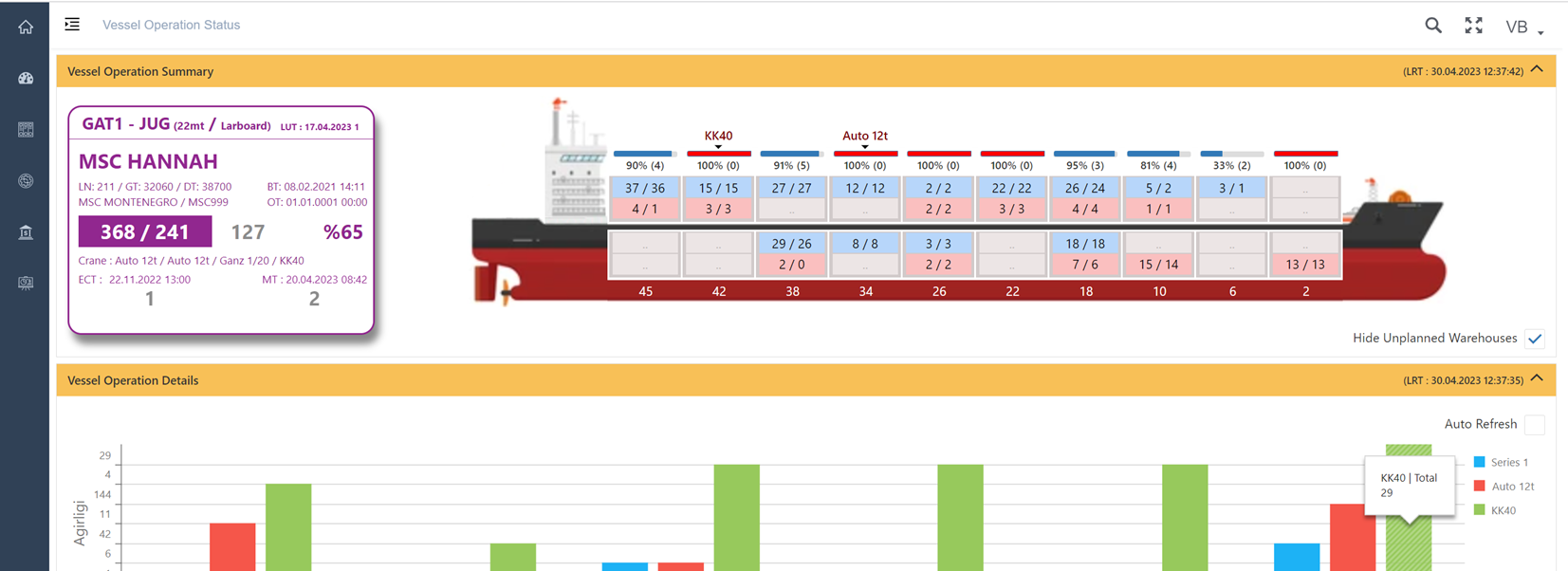
Port Management Information System
